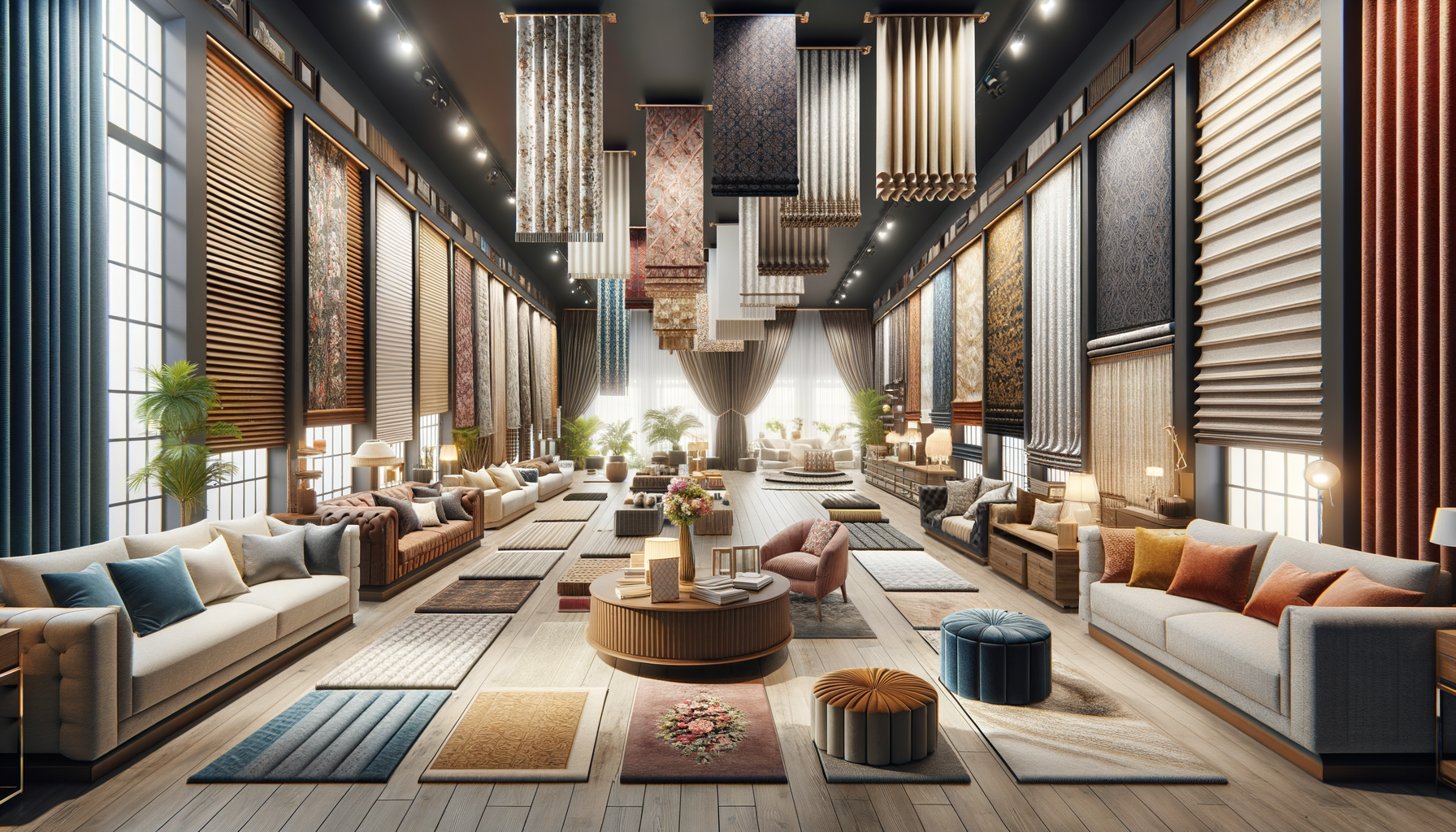Understanding the Basics: Blinds vs. Curtains
When it comes to window treatments, blinds and curtains are among the most popular choices. While they serve similar purposes, they differ significantly in terms of design, functionality, and aesthetic appeal. Blinds are typically made of rigid materials like wood, metal, or plastic and are designed to be adjustable, allowing you to control the amount of light entering a room. Curtains, on the other hand, are usually made of fabric and hang loosely over windows, offering a softer, more traditional look.
Blinds are often praised for their sleek, modern appearance and their ability to provide precise light control. They come in various styles, including Venetian, roller, and vertical blinds, each offering unique benefits. Curtains, however, are favored for their versatility and the wide range of fabrics, colors, and patterns available. They can easily be changed to match different seasons or decor styles, making them a flexible choice for homeowners.
Choosing between blinds and curtains often depends on personal preferences and the specific needs of a room. For instance, blinds might be more suitable for a home office where light control is crucial, while curtains could be the preferred option in a cozy living room where warmth and texture are desired.
Material Matters: Selecting the Right Fabric or Material
The material of your blinds or curtains plays a vital role in their functionality and appearance. For blinds, materials like aluminum, wood, and faux wood are popular due to their durability and ease of maintenance. Aluminum blinds are lightweight and resistant to moisture, making them ideal for kitchens and bathrooms. Wood blinds offer a classic, warm look but require more care to prevent damage from humidity. Faux wood blinds combine the aesthetic appeal of wood with the practicality of moisture resistance.
When it comes to curtains, fabric choice is crucial in determining the overall look and feel. Heavier fabrics like velvet or brocade can add a touch of luxury and are excellent for blocking light, making them suitable for bedrooms or media rooms. Lighter fabrics such as cotton or linen provide a breezy, casual vibe and are perfect for living areas or kitchens where natural light is welcome.
Consider the room’s purpose and the level of light control needed when selecting materials. For instance, blackout curtains are ideal for bedrooms to ensure a good night’s sleep, while sheer curtains can be used in dining areas to create a light, airy atmosphere.
Style and Aesthetics: Enhancing Your Home’s Decor
Blinds and curtains are not just functional; they also play a significant role in the overall aesthetic of a room. The style you choose can complement or contrast with your existing decor, creating a cohesive look or adding a bold statement. Blinds, with their clean lines and minimalistic design, are often used in contemporary or modern settings. They can be paired with sheer curtains for a layered effect, combining functionality with softness.
Curtains offer a wide variety of styles, from traditional to eclectic, allowing for creative expression. Patterns and colors can be used to tie a room together or to introduce a new theme. For a classic look, opt for neutral colors and subtle patterns. For a more adventurous approach, vibrant colors and bold prints can serve as a focal point in the room.
Accessories like tiebacks, valances, and decorative rods can further enhance the look of your window treatments. These elements add a touch of personality and can be changed easily to refresh the room’s appearance without the need for a complete overhaul.
Functionality and Practicality: Meeting Your Needs
Beyond aesthetics, the functionality of blinds and curtains is a crucial consideration. Blinds offer excellent light control and privacy, with options like blackout blinds providing complete darkness when needed. They are also easy to clean, making them a practical choice for high-traffic areas or homes with children and pets.
Curtains, while not as adjustable as blinds, offer their own set of benefits. They can insulate a room, helping to maintain a consistent temperature and reduce energy costs. Heavy curtains can also provide sound insulation, making them ideal for busy urban environments.
Consider the level of maintenance you are willing to commit to. Blinds typically require regular dusting and occasional deep cleaning, while curtains may need to be laundered or dry-cleaned, depending on the fabric. The ease of operation is another factor; motorized options are available for both blinds and curtains, offering convenience and ease of use at the touch of a button.
Cost Considerations: Balancing Budget and Quality
Budget is often a determining factor when choosing between blinds and curtains. Blinds tend to be more cost-effective, especially in standard sizes and materials. Custom options or those made from premium materials like real wood can increase the cost significantly. Curtains, while generally more expensive than blinds, offer a wide range of pricing based on fabric choice, size, and complexity of design.
When setting a budget, consider the long-term value of your investment. High-quality materials may come with a higher upfront cost but offer durability and longevity. Additionally, energy-efficient options like thermal curtains or insulated blinds can lead to savings on heating and cooling bills over time.
It’s important to balance cost with quality and functionality. Investing in well-made window treatments can enhance the comfort and style of your home, providing value beyond the initial expense. Whether you opt for blinds, curtains, or a combination of both, consider your specific needs and preferences to make an informed decision.




Leave a Reply